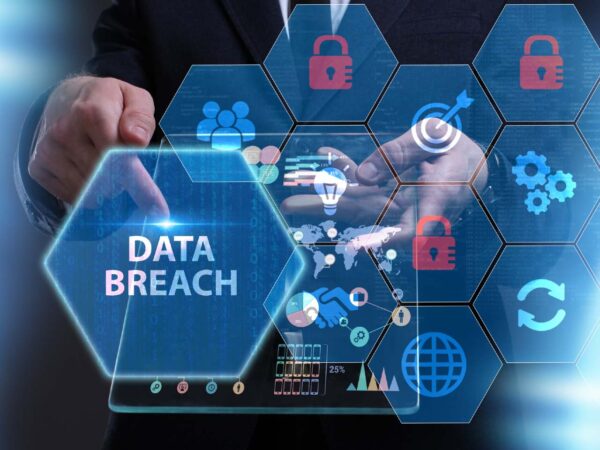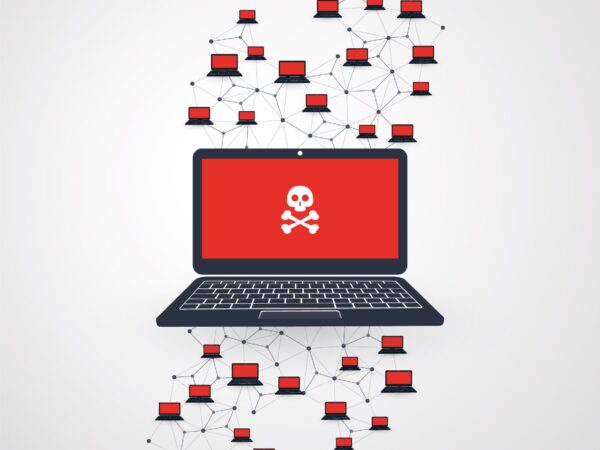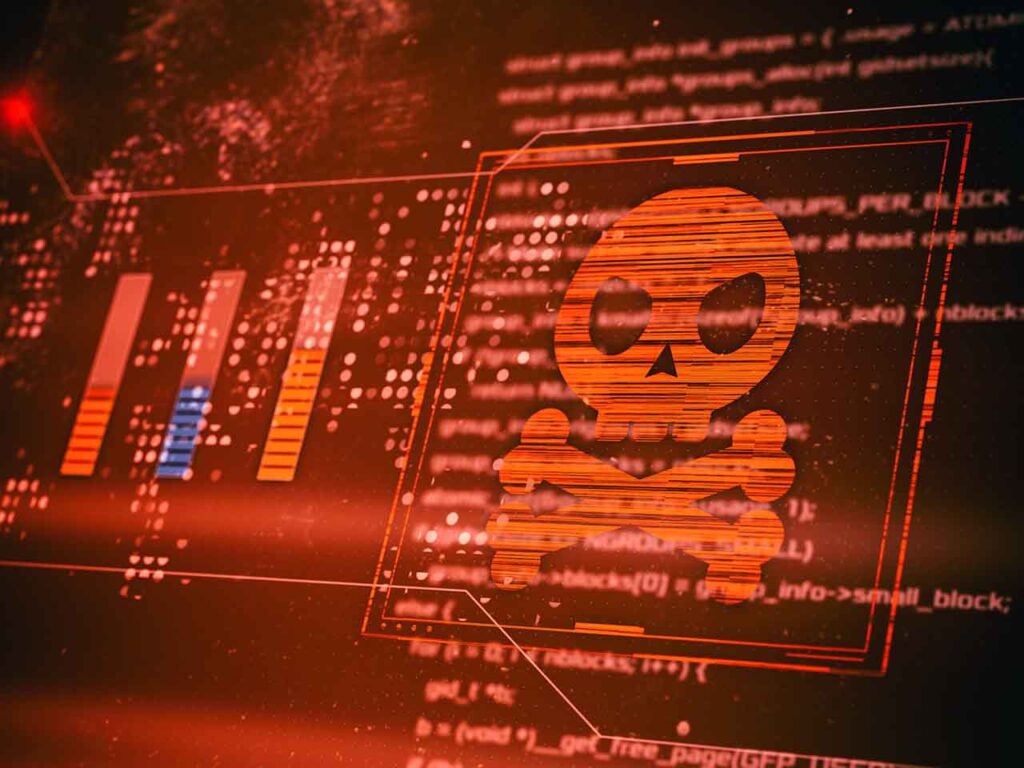Data privacy is an ever-growing concern in our rapidly advancing technological world. To keep you informed, here are seven facts about data privacy that may surprise you:
1. 50% of U.S. Persons Have Had a Computer Virus
This statistic shows the importance of taking precautions against cyber threats and investing in reliable internet security measures to protect your information and devices.
Stay One Step Ahead of Cyber Threats
A computer virus is a type of malicious software that self-replicates and spreads from one system to another, often without the user’s knowledge or consent.
Computer Virus Impacts
- Data loss: Viruses can delete, modify, or encrypt personal files, leading to the loss of important documents, photos, videos, and other data. In some cases, data recovery may be difficult or impossible.
- Financial loss: Some computer viruses, such as ransomware, encrypt the user’s files and demand a ransom payment to restore access. This can lead to significant financial losses if the person decides to pay the ransom. Additionally, some viruses may steal personal financial information, such as credit card numbers or online banking credentials, which can result in fraud or identity theft.
- Privacy invasion: Viruses can collect personal information, such as browsing history, email contents, or social media activity, and transmit it to unauthorized third parties. This can lead to privacy breaches and the misuse of sensitive information.
- System performance degradation: Viruses can consume system resources, such as processing power and memory, causing the computer to slow down or become unstable. This can make it difficult for the person to use their computer for everyday tasks, work, or entertainment.
- Hardware damage: Although rare, some viruses can cause physical damage to computer hardware, such as overwriting firmware or causing overheating by maxing out the CPU usage. This can result in costly repairs or the need to replace affected components.
- Disruption of normal activities: A computer virus can disrupt a person’s normal activities, such as work, study, or communication with friends and family. This can be particularly challenging if the person relies on their computer for essential tasks, such as remote work or online learning.
- Time and effort spent on recovery: Dealing with a computer virus often requires significant time and effort to remove the infection, recover lost data, and restore the system to normal operation. This can be frustrating and time-consuming for the affected person.
To minimize the impact of computer viruses, it is essential for individuals to take precautions, such as installing reputable antivirus software, keeping their operating system and applications up to date, and being cautious when downloading files or clicking on suspicious links.
Regularly backing up important data can also help mitigate the effects of data loss in case of a virus infection.
2. The Average Cost of One Data Breach for Small and Medium-Sized Businesses (SMB) Is Estimated at $108,000

This financial fact speaks volumes about the costs organizations can potentially face if they’re unprepared for a data breach incident or don’t take proper measures to secure their client information and other sensitive data.
3. Over 95% of Cybersecurity Breaches Are Due to Human Error
Even with all the advanced solutions available on the market, organizations still need qualified personnel who understand how attacks work to respond appropriately when necessary. Employees need regular security training so they know how to identify potential cyber threats and what appropriate preventive steps should be taken if needed.
4. On Average, It Takes 197 Days to Detect a Data Breach
Organizations must mount robust protection plans that ensure timely detection before attackers gain access deeper into their networks, where more critical information may be stored, leading them down an even graver path than just monetary losses.
5. Hackers Attack Every 39 Seconds

Data breaches make up an integral part of today’s online threat landscape, making it essential for businesses to stay vigilant and invest heavily in cybersecurity solutions like antivirus software or Intrusion Detection Systems (IDS).
6. 77% Of Enterprises Do Not Have a Cybersecurity Incident Response Plan
A comprehensive security policy must include emergency protocols clearly outlining what each staff member needs to do upon discovering such breaches and who’s responsible.
7. Most Data Breaches Happen Over Email
Phishing attacks trick employees into downloading malicious attachments, which may contain viruses or ransomware.
In Summary
Taking these seven facts about digital privacy seriously could help you and your organization alike stay safe from malicious actors prowling around online who remain hell-bent on exploiting your sensitive data.
Important Cybersecurity Facts (Video)
"Amateurs hack systems, professionals hack people."
-- Bruce Schneier, a renown computer security professional






